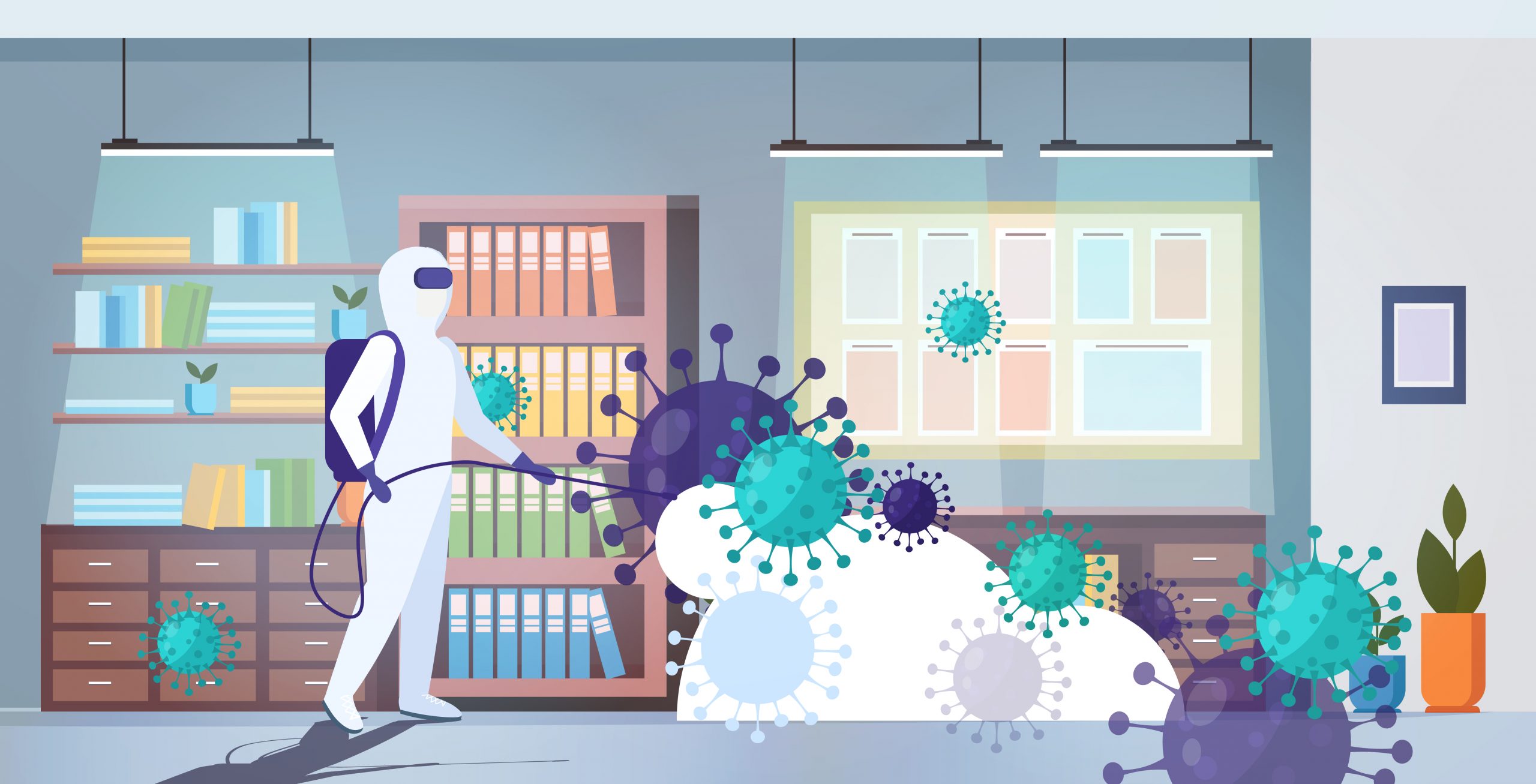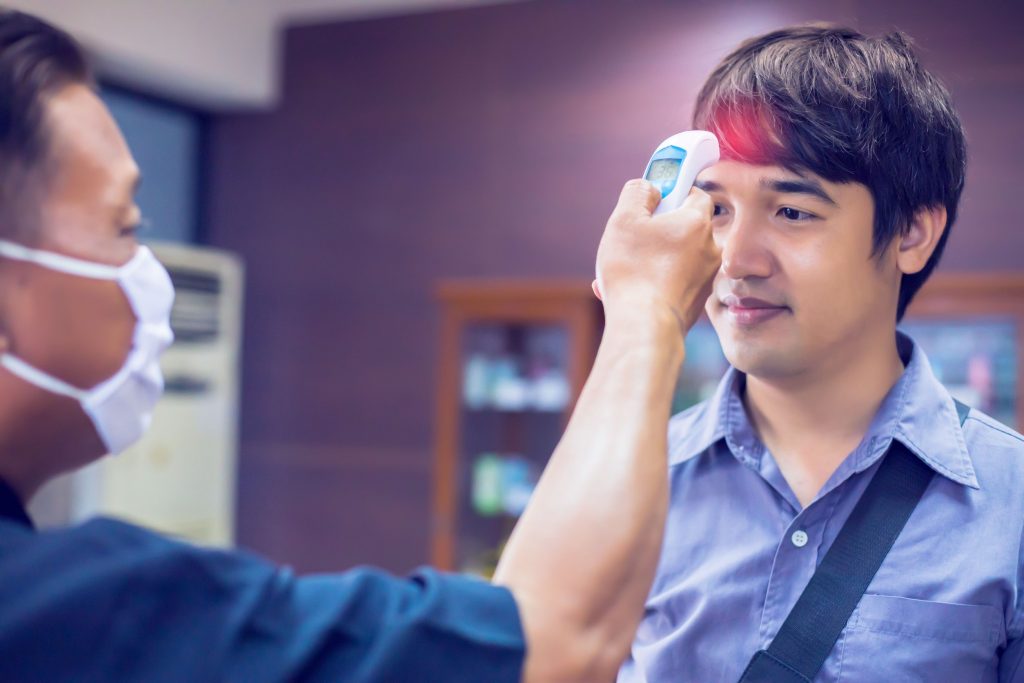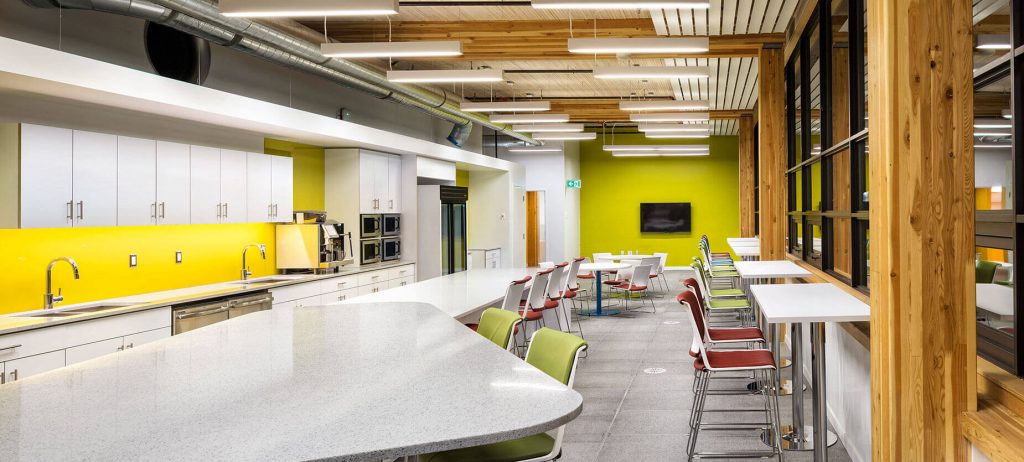
Coronavirus has brought the world to a standstill. No one was prepared for such a rapid and ruthless spread that left so many people fighting for their lives. In the beginning, many didn’t take safety measures seriously, like wearing masks, which was one of the reasons the pandemic swoop across continents like wildfire. Today, people are more aware of what this virus can cause them and their families, so everyone is very cautious about socializing. However, there are instances when we can’t avoid being in contact with others, like at the workplace. The ones that work in the offices switched to working from home, and that worked out pretty well for everyone. Nevertheless, people from service industries, like restaurants, and retail stores, had no choice but to expose themselves to potentially harmful surroundings. Some things could, and should be done to lower the risk from catching the killer bug.
Table of Contents
Spreading of the coronavirus
CoViD-19 spreads via fluid droplets when someone coughs or sneezes. Billions of droplets fly around the person and land on various surfaces like table, cups, plates, desk, office supplies, everywhere really. When some other person touches the table that has been the temporary host for the virus, the bug instantly transfers to their skin. If they rub their eyes, for example, the coronavirus has found its new host and starts multiplying. As you can see, it’s a highly contagious and easily spread disease since the virus have been proven to survive on surfaces for several days in a row.
How to prevent spreading?

img source: reutersmedia.net
No one can prevent the spreading of the virus completely, but there are some steps coworkers can implement to minimalize the risk of catching it. Obviously, the best thing would be to work from home. However, this is not always possible, so if you have to go to work make sure that you don’t have any symptoms like coughing, shortness of breath and fever. If you do, go to the doctor, not to the workplace. Physical distancing is a simple yet effective way to protect yourself from the virus. Staying at two-arms-length from others puts you in a safe zone in case someone sneezes or coughs. Don’t shake hands, fist bump, elbow bump, etc. Wash your hand whenever you touch surfaces and, if necessary, other people. Also, do not touch your face with unwashed hands, or your mask. When you have to eat or drink, put the mask in a sanitized plastic bag.
Prepare the workplace
First, you need to identify the most likely places where people would interact, like lunchrooms and toilets, and places where employees are going to use different objects like copy machines, coffee pots, etc. If possible, employees’ workstations and lockers should be rearranged so that workers are never too close to each other. Place marking on the floor for customers to avoid confusion about how far they should keep the distance. Place hand sanitizers and wash stations wherever possible, to ensure access for both employees and customers alike. Disinfectants can be in a form of gel, foam and liquid and you can find many different varieties on Zexa and choose the one that best fits your needs. Always make sure that you have a sufficient supply of alcohol-based sanitizers, both large containers and pocket-size for workers who frequently change places like drivers and warehouse workers, extra masks and uniforms, and paper goods.
Screen your employee’s

img source: chicagobusiness.com
Ideally, everyone should check for any worrying symptoms, like fever, before going to work. However, don’t rely on others, but rather pay attention to your workers whether someone is coughing and sneezing. If you notice suspicious signs, direct them to the nearest CoViD-19 testing center. Some workers use public transportation to get to work, and they are the ones you should be paying close attention to. Taking their fever before they enter the workplace is a quick and safe way to eliminate any worries. Use only one entrance and exit point for employees and customers to avoid close contact with people bumping into each other. Sanitize doorknobs, doors, carts, office supplies, desks, and every other surface thoroughly with alcohol disinfectants. Demand firmly that everyone should wear face masks and sanitize their hands before entering the premises. To avoid congestion between aisles, use arrows that will point the direction of moving throughout the store or a restaurant.
Additional measures
Lunchrooms

img source: aristaint.com
Employees love to go on lunch breaks in large groups which is definitely not recommended. To avoid this, make a schedule that will have no more than five people in the lunchroom at one time. Spread them apart and demand a staggeringly high level of hygiene, washing hands before and after, sanitizing the surfaces, throwing away any paper cups, used paper towels, and sit at least 6ft away from each other.
Ventilation
Keeping the premises ventilated can be a real challenge during an outbreak. The best thing would be to have natural ventilation by leaving the front or back door open. If you’re using AC there shouldn’t be any air recirculating over and over.
Cleaning routines

img source: wordpress.com
Implementing daily cleaning routines into a workplace can greatly reduce the risk of spreading the coronavirus. All common areas should be wiped down as often as possible, preferably after every use, with soap and water, a diluted solution of bleach, or an alcohol-based sanitizer. Hydrogen peroxide and Iodine are also very effective disinfectants. Employees shouldn’t share any utensils, cups, paper goods, and even any stationery supplies.
Waste management
Also, special attention should be paid to waste management. Workers should be wearing protective gear, masks, visors, and gloves at all times when handling garbage cans and bags. Garbage truck drivers should have minimum contact with employees and if it’s necessary to enter the building they should use hand sanitizer or thoroughly wash their hands.
Keeping the virus constrained is a difficult task that demands a high level of discipline and consistency. Regular personal hygiene, as well as the sanitation of the workstations and commonly used places, are paramount of staying healthy.







